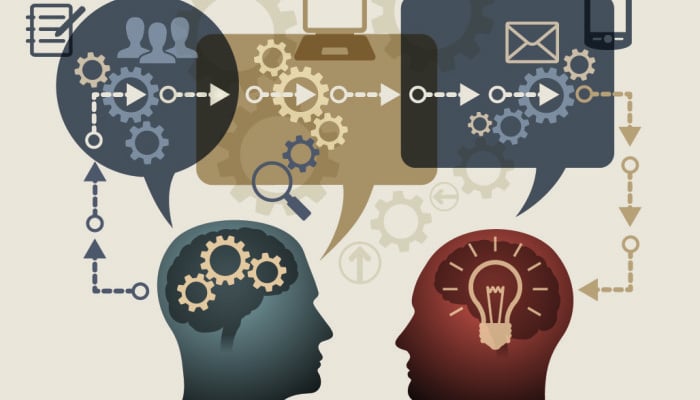Understanding how heavily customers rely on their business systems and equipment
Mar 29, 2016 • Features • Management • management • Bill Pollock • Customer Satisfaction and Expectations
Bill Pollock, President and Principal Consulting Analyst with Strategies for GrowthSM explains the importance of understanding your customers. How they differ from each other, how they are the same and most importantly how they use your products, in order to understand how best to serve them...
Every day you deal with a multitude of customers that may vary by type, size, installed base, usage, personality and everything else that ultimately differentiates one customer from another.
However, one thing always remains constant – their business systems and equipment are extremely important to their day-to-day operations.
Even if the equipment you support is not necessarily the most important piece of equipment in their facility, it will generally always be of significant importance to your primary customer contact
In many cases, your customer contact is the primary individual through whom all other users at the facility must obtain permission to use the equipment (i.e., via employee passwords, or ID/key cards, or the like).
They may also be integrally involved in the monitoring of machine usage on a daily, weekly, and other periodic basis – either from manual observation, or through the availability of remotely-generated reports.
They are typically the “gatekeepers” for access to the equipment, and it is generally their responsibility to manage, monitor and control its usage over time.
Accordingly, they are very important within their own organisations – and you are very important to them.
However, despite this common thread that runs through virtually all of the customers whose equipment you support, it is also important to remember that each customer account may also be different in terms of:
[unordered_list style="bullet"]
- The various types, brands, models, and numbers of equipment they have installed at their respective facilities;
- The ages of the individual devices that are covered under warranty, service contracts, extended warranties, or on a time-and materials basis;
- The usage patterns of the equipment at each of their individual locations (i.e., continuous vs. intermittent use; single vs. multiple shifts; simple vs. complex applications; etc.);
- The volume or throughput they regularly execute; and
- Any other unique and/or specific differentiators that may distinguish one customer from another.
[/unordered_list]
However, at the end of the day, the one common denominator among all of the customers you support is the fact that they all depend on the continuous availability, operation, and usage of the business systems and equipment they have installed at their facility – and your primary customer contact is generally the one that shoulders most – if not all – of the internal responsibility to ensure that it is always running, and that there are no significant occurrences (or even worse, recurrences) of equipment downtime.
The single most effective means for gaining a full appreciation of your customers’ reliance on their business systems and equipment is to first understand how they use it.
For some, the equipment is an integral component of what they do on a day-to-day basis. Customers in the manufacturing, financial, medical, aerospace, legal, government (and many other) segments will tell you that their business systems and equipment are “essential” to their business operations – that when the system is down, their production is severely impacted, leading to serious financial, safety and personnel consequences.
Although some of the customers in these segments may have multiple and/or redundant machines in operation, when even one goes down, they feel it – and they want it back up and running as soon as possible.
Regardless of the specific industry segment or type of customer you support, there will always be a basic – and corresponding – level of reliance on the business systems and equipment they have installed at their facility.
When their system is down, they may be unable to serve their own customers and, as a result, may find themselves temporarily “out of business” (i.e., think when the POS system goes down in a boutique clothing shop, or a McDonalds, etc.)
For these, the reliance on the equipment you support may be perceived as being even more critical (at least on a relative basis).
However, regardless of the specific industry segment or type of customer you support, there will always be a basic – and corresponding – level of reliance on the business systems and equipment they have installed at their facility.
As such, it will always be in your – and their – best interests to fully understand the extent to which they rely on the equipment you support so you will always be prepared to work from a stronger base of understanding with respect to exactly what your customers are dealing with, when they’re dealing with an equipment failure.
Be social and share this feature





















 Field Service News is published by 1927 Media Ltd, an independent publisher whose sole focus is on the field service sector. As such our entire resources are focused on helping drive the field service sector forwards and aiming to best serve our industry through honest, incisive and innovative media coverage of the global field service sector.
Field Service News is published by 1927 Media Ltd, an independent publisher whose sole focus is on the field service sector. As such our entire resources are focused on helping drive the field service sector forwards and aiming to best serve our industry through honest, incisive and innovative media coverage of the global field service sector.
Leave a Reply